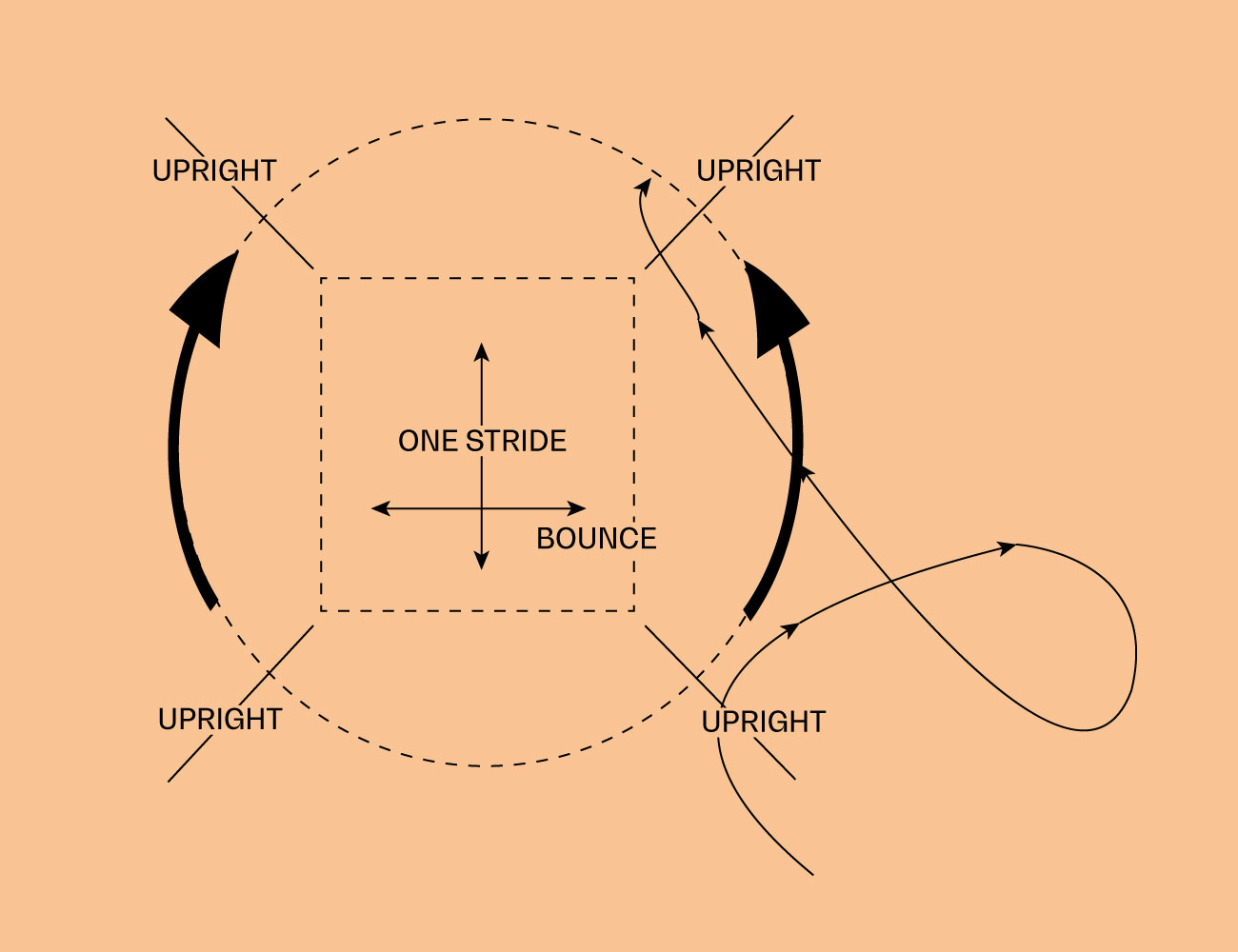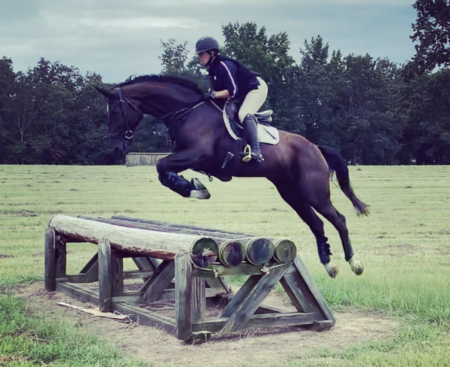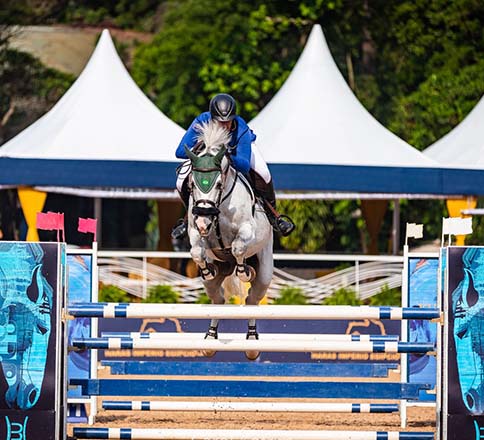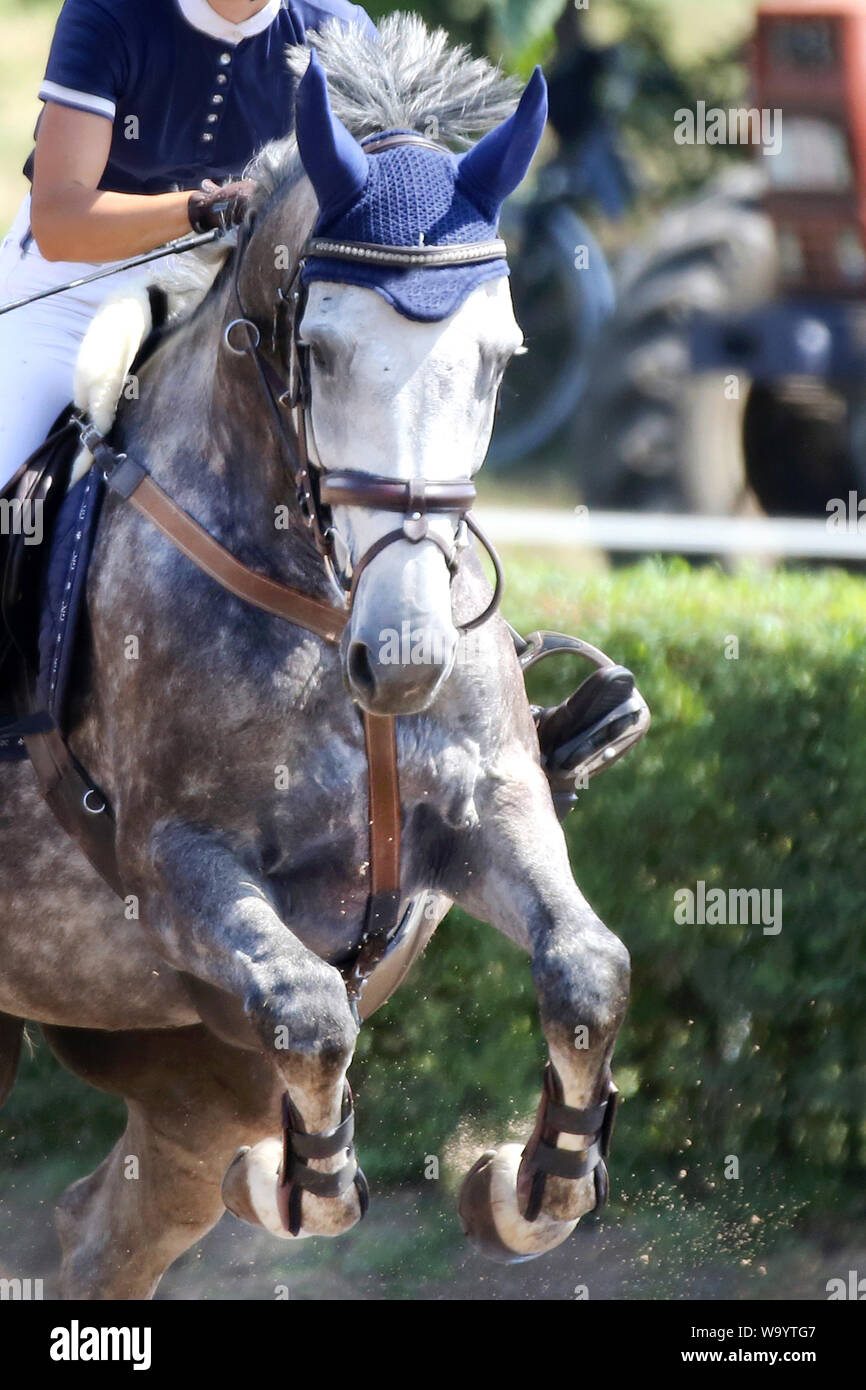Training Young Horses to Jump: A Comprehensive Guide

Training young horses to jump is a rewarding yet challenging process that requires patience, skill, and a deep understanding of equine behavior and physiology. This guide will walk you through the essential steps, techniques, and best practices to help your young horse develop confidence and competence in jumping.
Why Train Young Horses to Jump?

Jumping is a natural skill for horses, but training refines their technique, builds strength, and ensures safety for both horse and rider. Early training helps develop muscle tone, balance, and coordination, which are crucial for successful jumping.
Key Principles of Training Young Jumpers

| Principle | Description |
|---|---|
| Patience | Allow the horse to progress at its own pace to build confidence and avoid fear. |
| Consistency | Regular, structured training sessions help reinforce learning and muscle memory. |
| Positive Reinforcement | Reward desired behaviors to encourage willingness and enthusiasm. |
| Gradual Progression | Start with low jumps and slowly increase height and complexity to prevent injury. |
Step-by-Step Training Process
-
Groundwork and Basic Handling
- Establish trust and respect through groundwork exercises.
- Teach leading, stopping, and turning to ensure control.
-
Introducing Poles and Small Obstacles
- Use ground poles to develop rhythm and coordination.
- Gradually introduce small cross-rails to familiarize the horse with jumping.
-
Developing Technique and Confidence
- Practice approach, takeoff, and landing with low jumps.
- Encourage a balanced, relaxed posture.
-
Increasing Difficulty
- Slowly raise jump heights and introduce varied obstacles.
- Incorporate courses to simulate real jumping scenarios.
-
Regular Assessment and Rest
- Monitor the horse’s physical and mental condition.
- Provide adequate rest to prevent fatigue and injury.
Common Challenges and Solutions
- Fear or Hesitation: Use positive reinforcement and lower jumps to rebuild confidence.
- Refusal to Jump: Check for physical discomfort and adjust training intensity.
- Loss of Rhythm: Incorporate pole exercises to improve timing.
FAQ
Q: At what age should I start training my horse to jump?
A: Typically, training begins around 3 to 4 years old, once the horse has developed sufficient physical maturity.
Q: How often should training sessions be held?
A: Short, consistent sessions 3-4 times per week are ideal to maintain progress without overworking the horse.
Q: What equipment is necessary for training?
A: Basic tack includes a well-fitted saddle and bridle, ground poles, and adjustable jump standards.
Training young horses to jump is a gradual process that combines physical conditioning, mental preparation, and trust-building. By following these guidelines, you can help your horse develop into a confident and skilled jumper.
